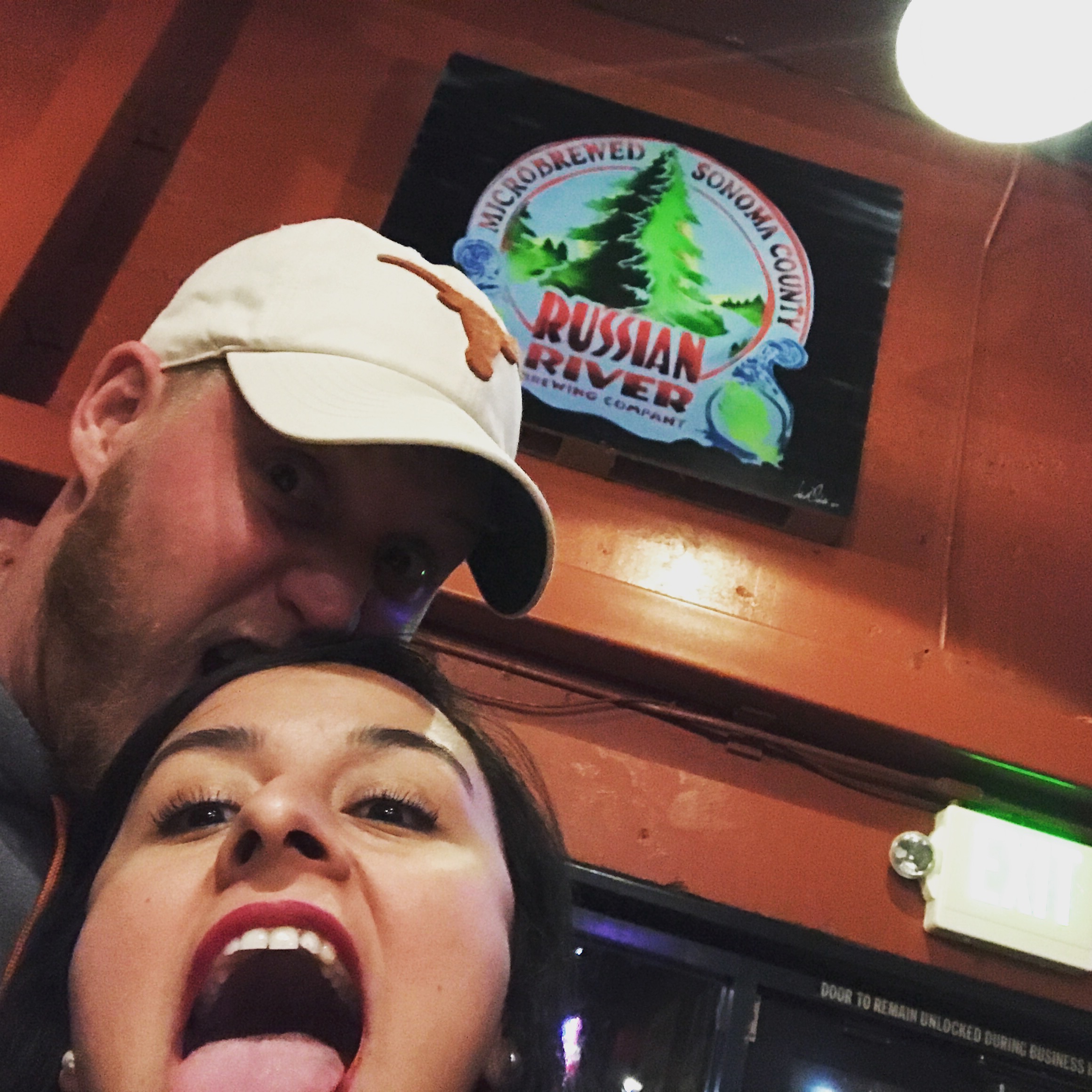VirginiaHops1
Well-Known Member
I did a hazy IPA recently that was out of this world. I'd post a picture but the keg got completely cleared at a party this weekend. It was supposed to be a pale ale but OG/attenuation left it at about 6.5% so more in IPA territory. My MO for my pale ales where I don't use a 2nd dry hop keg has been to do the dry hop at about 2.5-3 days at the end of fermentation and cap with a spunding valve, in hopes the end of fermentation will help purge the O2.
Anyways, this beer was unreal on hop flavor saturation and aroma. There's a brewery nearby that makes a really good citra session IPA and people thought I had gotten a keg of that although mine had way more aroma. It was my first time using cryo in the dry hop(1 oz of citra cryo) and I'm going to attribute it to that. I've previously used some in whirlpool but didn't get the same intense flavor. Can't wait to experiment more with other varieties of the cryo in the dry hop, if you haven't tried the stuff yet get some.
Anyways, this beer was unreal on hop flavor saturation and aroma. There's a brewery nearby that makes a really good citra session IPA and people thought I had gotten a keg of that although mine had way more aroma. It was my first time using cryo in the dry hop(1 oz of citra cryo) and I'm going to attribute it to that. I've previously used some in whirlpool but didn't get the same intense flavor. Can't wait to experiment more with other varieties of the cryo in the dry hop, if you haven't tried the stuff yet get some.
Last edited:
























![Craft A Brew - Safale S-04 Dry Yeast - Fermentis - English Ale Dry Yeast - For English and American Ales and Hard Apple Ciders - Ingredients for Home Brewing - Beer Making Supplies - [1 Pack]](https://m.media-amazon.com/images/I/41fVGNh6JfL._SL500_.jpg)

































